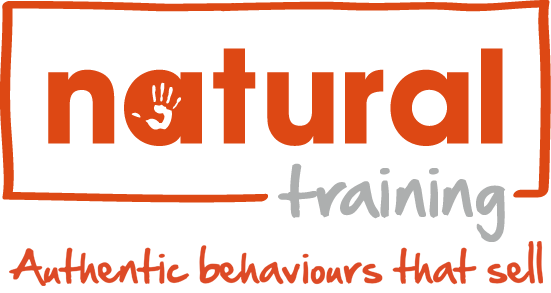Setting Up the Self-Closing Deal – Part 2
continued from Setting Up the Self-Closing Deal – Part 1
D. The fixed-action pattern.
You’re ready to delicately nudge them down the path to Yes. This is the part to Handle With Care. You’ll begin with a variation of the Yes Set Close, where you ask a series of simple questions to which you believe the customer’s answer will be yes. Now, in the traditional Yes Set close, you use the Yes Set to prime your prospects to respond with an automatic, habitual yes to the question to which you really want a yes: Shall I start the paperwork? You might repeat something the customer previously said; for example: Now, you said that safety was important to you? Or ask a question that no one would disagree with. Better safe, than sorry, right?
In the real world, establishing a habitual, fixed-action pattern with the Yes Set close may be easier said than done, especially for high-dollar purchases. Will a prospect accidentally, automatically say yes to a $100,000 purchase? Not likely! So here’s a variation that tends to yield better results…
Soften your language, prefacing your questions with words such as, perhaps, maybe, possibly, might. Possibly this product would fulfill your needs for years to come. Perhaps safety is the most important thing to you…?
Here’s why… 1) It’s harder for prospects to outright disagree with statements that only suggest a potential truth. 2) Softer words like “possibly” and “perhaps” encourage customers to imagine possibilities, salient qualities about your product; in other words, they begin to sell themselves.
E. The final step: Because.
Give your prospect a reason to buy. Having a reason justifies the purchase and neutralizes any lingering doubts. It’s the final stepping stone to Yes.
Consider the landmark Copy Machine study conducted by Harvard social psychologist Ellen Langer in which she had someone interrupt someone who was using a busy copy machine at a graduate school office and ask, “Excuse me, I have 5 pages. May I use the xerox machine?” Around 60% said yes. But permission was granted almost 95%of the time if the interrupter asked,“Excuse me, I have 5 pages. May I use the xerox machine?” and added a reason, “because I’m in a rush.” That makes sense.
But what didn’t make sense was that when the interrupter asked, “Excuse me, I have 5 pages. May I use the xerox machine?” and added a meaningless phrase, “because I have to make copies,” people still stepped aside nearly 95% of the time. Why? Because she used the magic word “because,” which we’re conditioned to believe will be followed by a reason, a justification. The listener at the copy machine heard a two-part statement: 1) a request; and, 2) something resembling a reason. That was all their mental script required. It didn’t even matter that the interrupter’s “reason” wasn’t meaningful; after all, the listener needed to make copies, too.
So, pose a soft-language question that reveals the customer’s reason to buy. Perhaps my product is the one to buy because safety is the most important thing to you…? Possibly my product is the one to buy because it’s the best long-term investment…? Be sure to include the magic word because.
Odds are, your customer has already revealed his or her true reason to buy, even if only obliquely. People choose to buy for any number of reasons and, sometimes, those reasons are intangibles that have little to do with the actual product. You’ve probably heard the old adage: Sell on the tangibles, close on the intangibles, right? Showing empathy with, and understanding of, customers’ intangibles reinforces their justification for buying and nudges them to self-close.
Let’s say that, for example, you’re trying to sell expensive equipment to a corporate procurement manager who has mentioned that he’s new to the company, and in a tone that suggests that he’s nervous about this big purchase. On the heels of your soft-language questions, pose a more assertive question such as: I believe that my product will establish your credibility as a prudent, tech-savvy buyer, don’t you?
The key to the self-close is to trigger an instinctive but predictable sequence of behaviours. In the final step, the customer self-closes because they’re focused only on reasons to buy, rather than reasons not to.
If you’re interested in the above concepts, give me a call on 0207 043 1582 and I’d be delighted to share more insight with you. We can put together tailored solutions to help develop you and your team in the art of closing.
Got a comment?
Catch us on Social Media and join the discussion!

